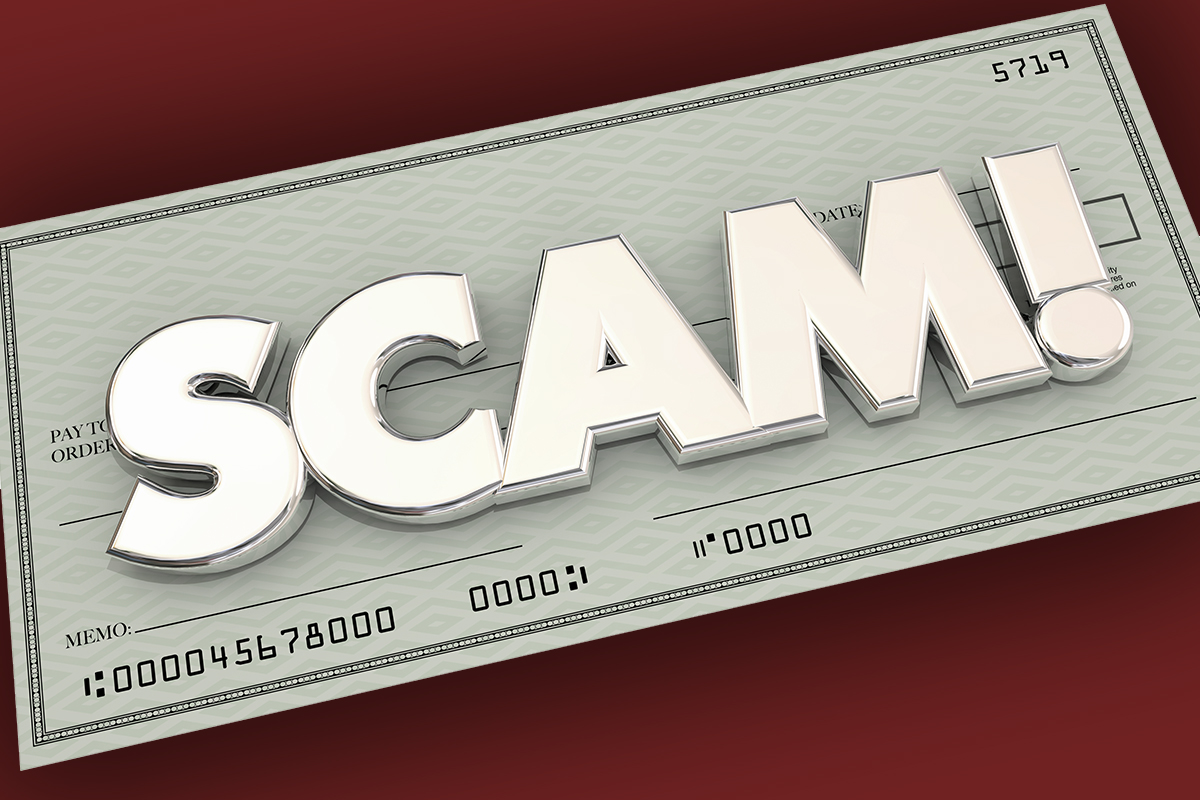In a world of virtual transactions and easy access, the threat of payment scams, such as fake invoices and payment requests, poses a significant risk to businesses of all sizes. These deceptive practices can lead to financial losses, damage to reputation, and operational disruptions.
How can you shield your business from these threats?
Know what to look for in your daily activities. Here are a few examples of common payment scams:
- Phantom Services or Products: Fraudsters send invoices for services or products you never requested or received.
- Altered Invoices: Scammers intercept legitimate invoices and alter the payment details, such as the bank account information. The altered invoice is then sent to you, and you may unknowingly pay money to a fraudulent account.
- Subscription Renewal Scams:Fraudsters send invoices (that appear to be genuine) claiming to be for the renewal of subscriptions or services.
- Directory Listing Scams: Businesses may receive invoices that appear to be for the renewal of a directory listing or inclusion in a business directory. Unfortunately, the fee is not legitimate and will either charge for a service that doesn’t exist or overcharge for a service that exists.
- Fake Office Supply Scams: Scammers send invoices for office supplies at inflated prices. These invoices often mimic legitimate suppliers, so you may pay them without realizing you’re being overcharged or never ordered the supplies.
- Government Impersonation Scams: Fraudsters may pose as government agencies or regulatory bodies, sending invoices for fake fees, taxes, or regulatory compliance. And there is usually a threat of legal action if the money is not sent immediately.
Key Measures to Take to Safeguard Your Business
As you can see, payment scams come in various forms, but there are steps you can take to protect your business from harm. Consider implementing these key measures:
- Establish strict internal controls. Clearly define roles and responsibilities within your company, segregate duties related to financial transactions, and conduct regular audits to ensure compliance. Restricting access and requiring authorization for financial transactions reduces the likelihood of unauthorized payments.
- Verify supplier information. Before processing any payment, validate the legitimacy of the supplier or vendor. Additionally, maintain an updated list of approved suppliers, including their contact details. If you see any changes, always confirm them with your contact.
- Implement multi-factor authentication. This adds an extra layer of security by requiring users to provide two forms of identification before processing a payment. That way, even if login credentials are compromised, unauthorized individuals still face additional barriers to completing a transaction.
- Use secure communication channels. Always use secure email systems and communication protocols within your organization. Train employees to recognize phishing attempts and use email filtering tools to detect and flag potentially malicious messages automatically.
- Regularly review and refine your security policies. Be sure to solicit feedback from your employees and other trusted resources to identify potential vulnerabilities and improve your defenses.
- Educate and train your employees. Conduct regular training for your staff about common tactics used in fraudulent payment requests. Provide clear guidelines to verify invoice authenticity and emphasize the importance of cross-referencing information. Also, strongly encourage employees to report suspicious activity as quickly as possible.
By implementing these strategies, your business can significantly reduce the risk of falling victim to fraudulent activities and maintain the integrity of your financial processes. If you have found an unauthorized transaction on any Quail Creek Bank account, please contact us immediately at 405-755-1000.


